McIntosh MPC1500 Owner's manual
- Category
- Supplementary music equipment
- Type
- Owner's manual
McIntosh MPC1500 is a versatile power controller designed to enhance your audio/video system's performance and protection. It features multiple AC outlets to connect your components, a variety of control options for integration with your system, and advanced power management capabilities to ensure clean and stable power delivery.
McIntosh MPC1500 is a versatile power controller designed to enhance your audio/video system's performance and protection. It features multiple AC outlets to connect your components, a variety of control options for integration with your system, and advanced power management capabilities to ensure clean and stable power delivery.




















-
 1
1
-
 2
2
-
 3
3
-
 4
4
-
 5
5
-
 6
6
-
 7
7
-
 8
8
-
 9
9
-
 10
10
-
 11
11
-
 12
12
-
 13
13
-
 14
14
-
 15
15
-
 16
16
-
 17
17
-
 18
18
-
 19
19
-
 20
20
-
 21
21
-
 22
22
-
 23
23
-
 24
24
-
 25
25
-
 26
26
-
 27
27
-
 28
28
-
 29
29
-
 30
30
-
 31
31
-
 32
32
McIntosh MPC1500 Owner's manual
- Category
- Supplementary music equipment
- Type
- Owner's manual
McIntosh MPC1500 is a versatile power controller designed to enhance your audio/video system's performance and protection. It features multiple AC outlets to connect your components, a variety of control options for integration with your system, and advanced power management capabilities to ensure clean and stable power delivery.
Ask a question and I''ll find the answer in the document
Finding information in a document is now easier with AI
Related papers
-
McIntosh MPC1500 Owner's manual
-
McIntosh MPC1500 Owner's manual
-
McIntosh McIntosh Clock Owner's manual
-
McIntosh MC1.2KW Owner's manual
-
McIntosh MC452 Owner's manual
-
McIntosh MC275 Owner's manual
-
McIntosh C52 Owner's manual
-
McIntosh MC312 Owner's manual
-
McIntosh C1100 Owner's manual
-
McIntosh C22 Owner's manual
Other documents
-
Vectronics DC-35 User manual
-
Texas MPC1500 2-i-1 User manual
-
Texas MPC 1500 User manual
-
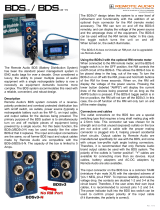 Remote Technologies BDSV3 - N User manual
Remote Technologies BDSV3 - N User manual
-
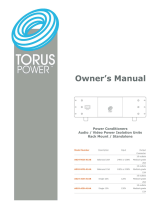 Torus Power A024-HCB-A1AB User manual
Torus Power A024-HCB-A1AB User manual
-
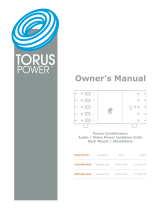 Torus Power A120-HFB-A5AB User manual
Torus Power A120-HFB-A5AB User manual
-
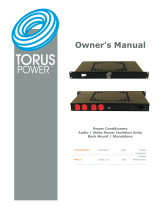 Torus Power rm 2.5 power conditioner User manual
Torus Power rm 2.5 power conditioner User manual
-
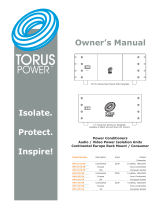 Torus RM 4 CE CS Owner's manual
Torus RM 4 CE CS Owner's manual
-
Fezz Audio Torus 5040 User manual
-
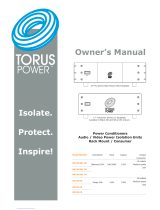 Torus Power RM 20 BAL RK Owner's manual
Torus Power RM 20 BAL RK Owner's manual





































